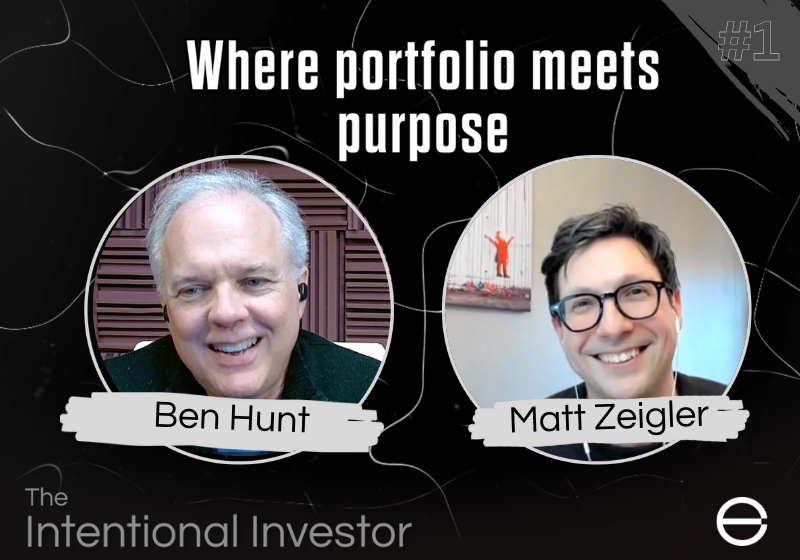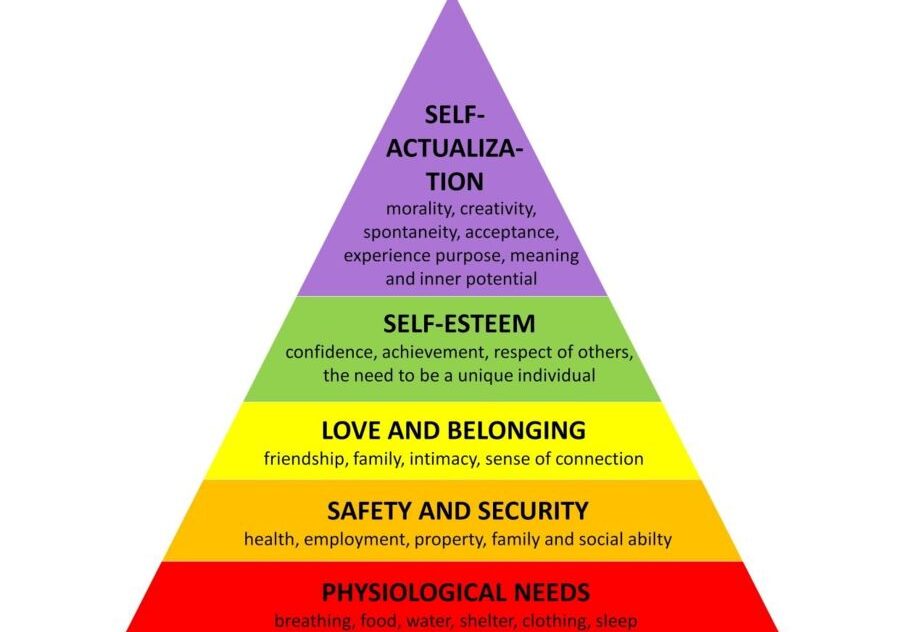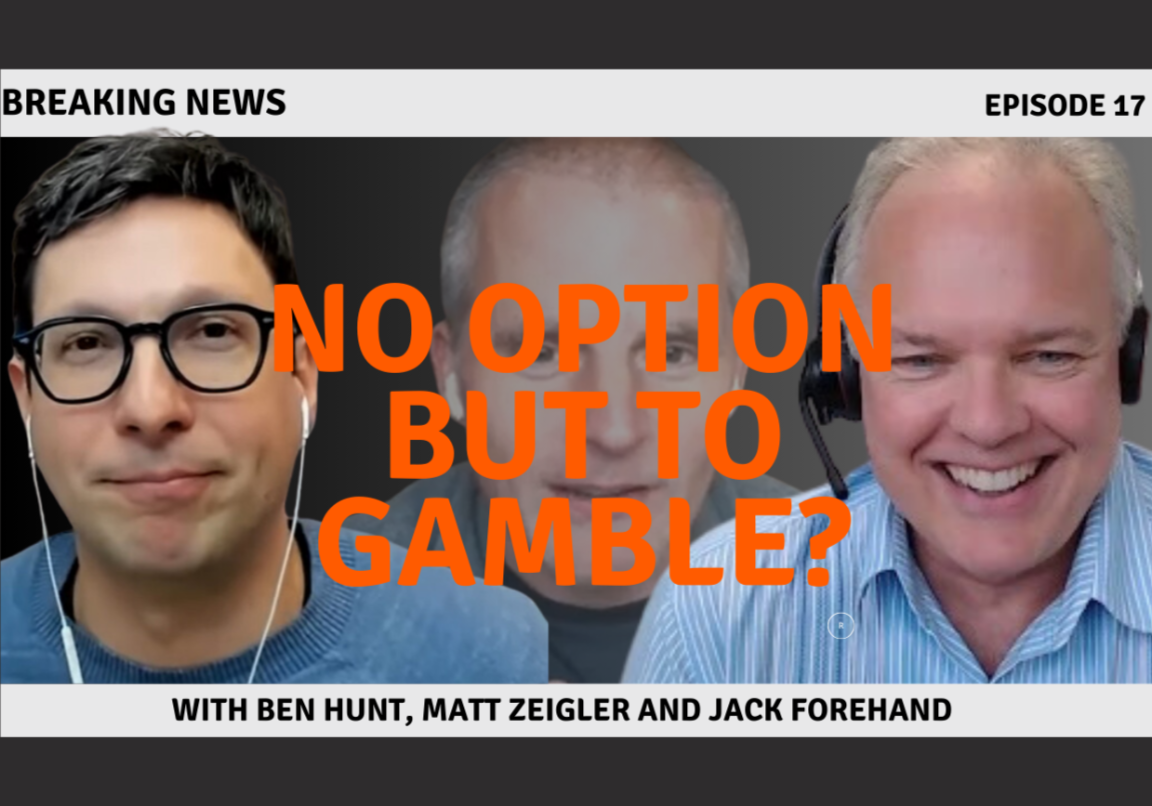The Fiat News Index
To learn more about Epsilon Theory and be notified when we release new content sign up here. You’ll receive an email every week and your information will never be shared with anyone else.
Continue the discussion at the Epsilon Theory Forum
4 more replies
The Latest From Epsilon Theory
This commentary is being provided to you as general information only and should not be taken as investment advice. The opinions expressed in these materials represent the personal views of the author(s). It is not investment research or a research recommendation, as it does not constitute substantive research or analysis. Any action that you take as a result of information contained in this document is ultimately your responsibility. Epsilon Theory will not accept liability for any loss or damage, including without limitation to any loss of profit, which may arise directly or indirectly from use of or reliance on such information. Consult your investment advisor before making any investment decisions. It must be noted, that no one can accurately predict the future of the market with certainty or guarantee future investment performance. Past performance is not a guarantee of future results.
Statements in this communication are forward-looking statements. The forward-looking statements and other views expressed herein are as of the date of this publication. Actual future results or occurrences may differ significantly from those anticipated in any forward-looking statements, and there is no guarantee that any predictions will come to pass. The views expressed herein are subject to change at any time, due to numerous market and other factors. Epsilon Theory disclaims any obligation to update publicly or revise any forward-looking statements or views expressed herein. This information is neither an offer to sell nor a solicitation of any offer to buy any securities. This commentary has been prepared without regard to the individual financial circumstances and objectives of persons who receive it. Epsilon Theory recommends that investors independently evaluate particular investments and strategies, and encourages investors to seek the advice of a financial advisor. The appropriateness of a particular investment or strategy will depend on an investor’s individual circumstances and objectives.









Thank you Rusty, this looks like it will help me manage through this time and age as I’m quite unhappy with fiat news.
Please keep updating
As always a lot to study, absorb and digest in several rereads before I really “own” what Rusty wrote. But one thought jumped out at me from a simpler time when I was “taught” how to read a newspaper in middle school in a “social studies” class. We were told that a newspaper’s news pages reports facts - the who, what, when, where, why - without bias; whereas, the editorial page gives an opinion / a view and that papers keep a strict divide - an impenetrable Chinese Wall - between the two.
Okay, stop laughing. The thing I had to learn on my own was that the news pages had plenty of commentary, now not only in the “straight” news articles, but also in all the news “analysis” and similar articles that sit right in the middle of newspapers’ news pages (the NYT loves to do this as does the WSJ, for example, with its “Capital Journal” pieces). Conversely, occasionally, you’ll learn facts - straight news - in an editorial that somehow (hmm) have been missed by the five news articles you read in three different papers on the same subject.
Rusty, as he and Ben always do, provides a deeper dive and more structured analysis of this issue while also offering up a rigorous process to help you navigate all of this without being “nudged” into this or that narrative or view. From the first day I started reading newspapers, I recognized that something was off from the idealized view that I had been taught. It’s a challenge everyday for every active newspaper reader to disaggregate opinion from news / the nudge from the facts - glad to have some tools and a process to help. Thank you Rusty.
Test
This is great! Thank you for doing this. I grew up in Asia and one time I was visiting Taiwan and my friend was telling me how the cab drivers there (at last back then) were the most knowledgeable and passionate about politics and news. It stuck with me because in retrospect their jobs allow them the time to do their job while taking in and processing / judging /perhaps critically thinking through information, back then, transmitted from the radio; a critical, informed mind requires the space, energy and time to do this type of triage, no? Is it not highly energy intensive for individuals to assess the fiat nature of the news they consume? Don’t most individuals’ jobs interfere with this process and the more general role of citizen from a time/energy/space perspective?
I’ve heard it asserted that communication is 60% body language, 30% tone and only 10% the uttered or written words. If there’s any truth to that, this type of analysis will fall short. I don’t have any suggestions for capturing the other 90% (can’t even vouch for the accuracy of the assertion that body language and tone are that significant), just think it’s important to consider.
Isidore, I don’t just think you’re right, I know you’re right. While you should decide for yourself, my personal point of view is that this is probably only useful in the aggregate. For the reasons you describe, I don’t think it’s particularly useful for any single article. But that 10% can add up across many articles to tell you something, I think.
Rusty, great topic. Sources and their methods
People should figure out what this index truly tells them. To me it is an “obviousness” index.
I strongly disagree about sweeping Reuters and BBG use to “innocent baseline”. They are powerful narrative sources with a lot of fiat smell to them - perhaps more powerful than others as ubiquity of non-loaded news makes them look neutral so they seek to pass you loaded topics as facts when your guard is down. Their use of “due to” or “following” in their highlighted news or numbers reports is a powerful missionary statement and an obvious fiat index candidate. They also have a way of loading meaning into seemingly facts by promoting things into Top page for no obvious reason, omitting true top news, highlighting news, repeating them with “updated” prefix when the update is non-critical. All those things spike my narrative barometer readings. I personally do not think there is all that much difference between any sources for amount of fiat once you mentally correct them for their typical methods and once your ears are tuned - it can be the absence of things, it can be the flow of the way facts are presented where you are invited to read between the lines and made to think it was your own conclusion. I think the index is about how obvious the attempt to create the narrative is.
Do you correct your narrative maps for source’s breadth of coverage (reuters would have every news possible whilst Vox would only have the bits they want to push)? I would assign higher weight to something appearing on WSJ or FT as an equivalent on BBG would be to see it promoted to Top News page and flash up at you several times a day with “Updated:” or being highlighted red.
Presumably you should have typical targets audience collections of sources when creating your narrative maps and weight them differently depending on whose map you are trying to see. Institutional investors map on gold will look very different from that of a prepper gold bug that has only ZH to read. For politics it would be interesting to see you supplement your all encompassing map with two polar maps weighted differently for typical source collections for those camps so we know whether they are being pushed towards centre of more radical.
I would love to see you develop a missionary index (including the news sources) - an objective way to see whose statements carry more weight and really shape the narrative - perhaps citations or name mentions combined with a lagging indicator of narrative change.
There’s a lot to chew on here, and I think most of your criticisms / ideas are fair and interesting for further examination. For example, part of the reason I kicked this analysis off in the first place was because of Reuters and Bloomberg articles that seemed very off to me. A baseline is a relative thing these days, I suppose.
I’ll give all this some thought as we continue our little research project.
Very interesting, but somehow disturbing. The words in the list are, as your earlier stuff says, excellent hints or clues of fiatness (fiatism, fiatedness) but they don’t characterize it. Aren’t you at risk for creating an index that creates for the reader a Narrative of the type you and Ben discuss, a derivative or abstraction based on incomplete data with a particular goal in mind? Many other techniques are used to nudge opinion - story selection and rejection, loaded terms like “radical” and “progressive” and even “liberal” and “conservative”, names of persons not directly related to the story, and the like. Your index is just one corner of the vast expanse of nudge techniques in use, but it could be seen as a valid index of fiat characteristics - which in fact seems to be what you are attempting. Narrative thrives on such simplified pictures, graphs, tables.
Hints and clues are helpful, but this index or any attempt to reduce the notion of fiat news to a number or graph goes too far, methinks.
I’ve thought about this as well. I’m lucky in that my job allows me a lot of free time in front of a PC screen, so I’m able to read and digest content in a somewhat critical context. Can’t say this about most of my social circle though. It’s exhausting and time-consuming to maintain clear eyes!